Anchored for Success: Technology-Enhanced Activities
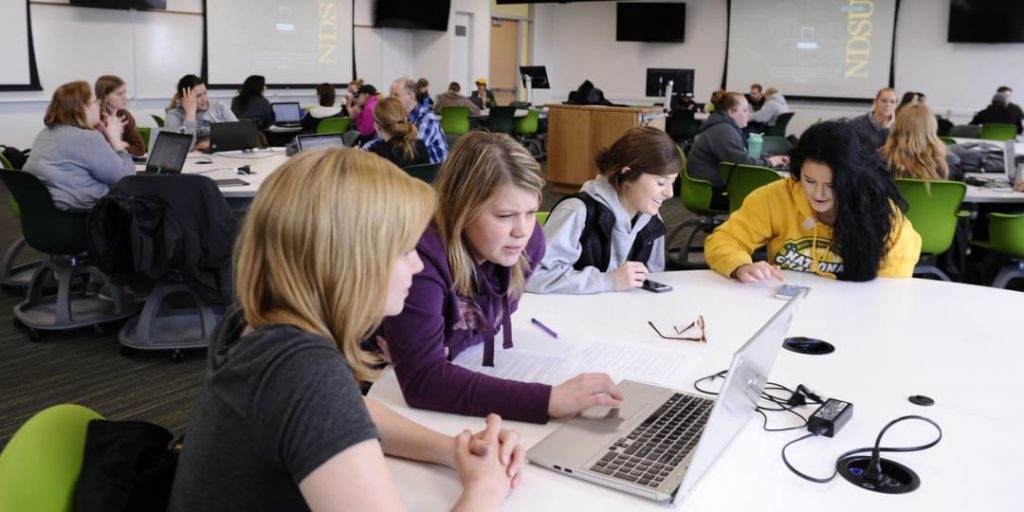
As education evolves, new approaches to learning emerge, each with its own set of advantages and disadvantages. One such approach is anchored instruction (AI), which utilizes authentic contexts to promote critical thinking and problem-solving skills, collaborative learning, and knowledge construction. Bransford et al. (2000) state that such an approach “helps learners acquire both the knowledge and the know-how required to apply it in real-world situations” (p. 51). Here is a summary of key points benefits and criticisms of the AI approach, specifically in the context of the Jasper Woodbury Adventure Series, as discussed in the Symposium.
Using an AI approach, such as the Jasper Woodbury Adventure Series, offers numerous benefits to students such as improving their engagement and motivation, promoting critical thinking and problem-solving skills, and providing opportunities for collaborative learning and knowledge construction. This is achieved through scaffolding students’ understanding, using authentic contexts, and integrating technology to support learning. Additionally, this approach also allows for a shift in the teacher’s role from being a primary source of information to providing structure, guidance, progress monitoring, and assessment of student learning outcomes, thus the process is student-centered and more likely to result in meaningful, transferable learning outcomes. Kim & Hannafin (2011) propose a three-dimensional framework for scaffolding, which includes purpose, source, and interaction (Fig. 3).
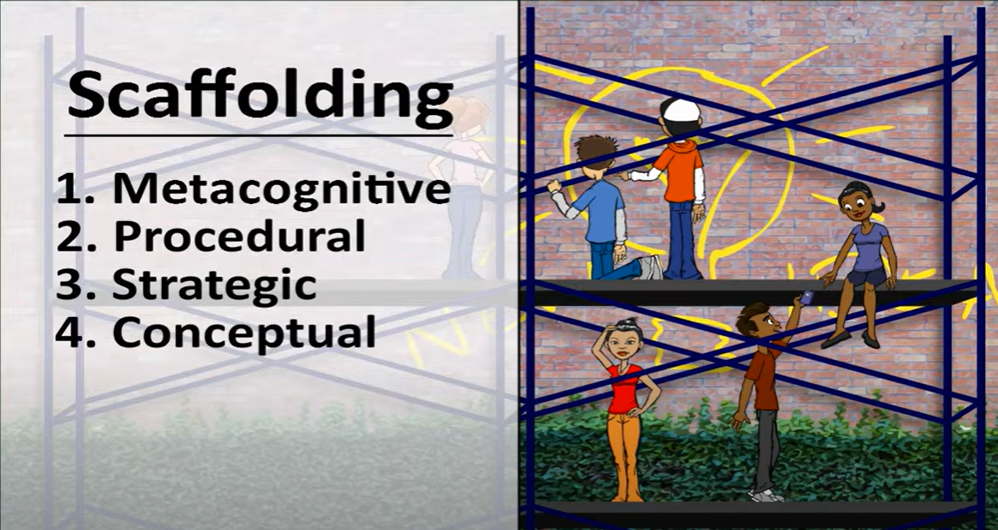
Image: Stevan W
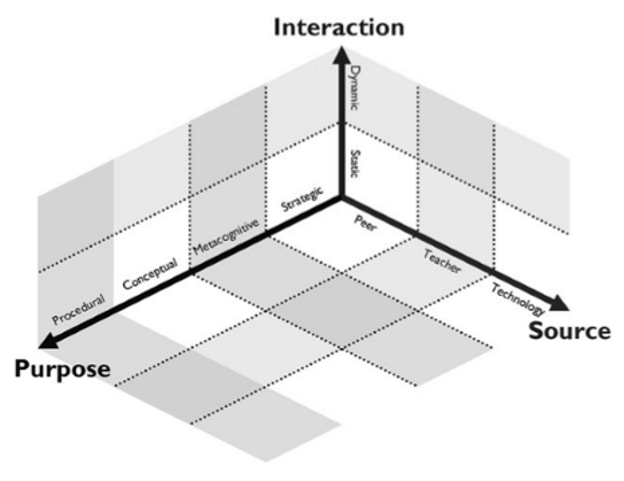
Image: Kim & Hannafin (2011)
Alternatively, the Jasper Woodbury Adventure Series also presents various challenges, such as the cost to purchase the program, potential technology struggles for some students, and the need for additional teacher training. Other criticisms note that AI as a method is not always effectives in that students may require a more direct approach for certain skills and concepts and there are some research findings that indicate AI methods in mathematics may be less effective than traditional instruction in improving students’ procedural knowledge of algebraic problem-solving.

In closing, the symposium has consistently emphasized the benefits of AI to students in terms of their engagement and motivation, critical thinking, problem-solving, and collaborative learning, yet there are some challenges to keep in mind. Hmelo-Silver (2004) notes that “Effective teaching is not about following a recipe, but rather it involves making thoughtful and strategic decisions that take into account the unique needs and characteristics of individual students and groups” (p. 253), and the symposium illustrated this complexity in the conversations.
References
Bransford, J. D., Brown, A. L., & Cocking, R. R. (2000). Learning and transfer. In J. D. Bransford, A. L. Brown, & R. R. Cocking (Eds.), How people learn: Brain, mind, experience, and school (pp. 51-78). Washington, DC: National Academy Press.
Hmelo-Silver, C. E. (2004). Problem-based learning: What and how do students learn? Educational psychology review, 16(3), 235-266.

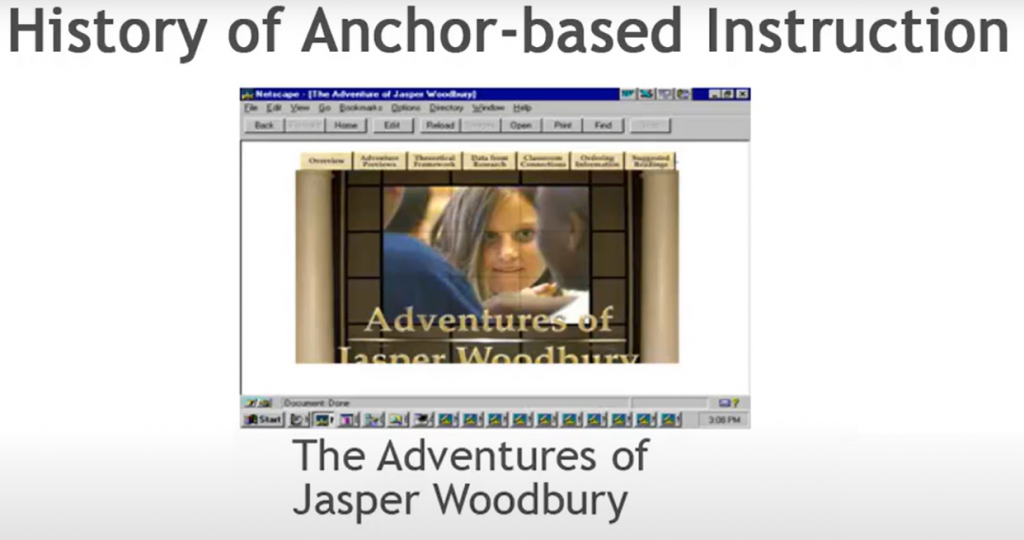

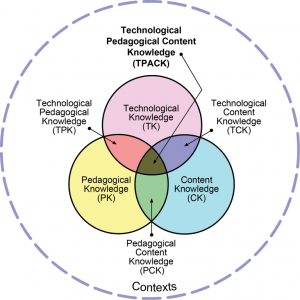
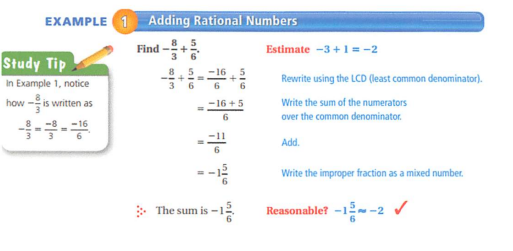
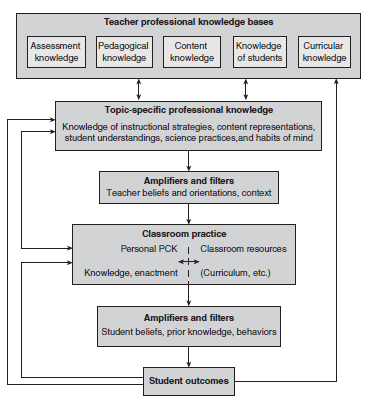
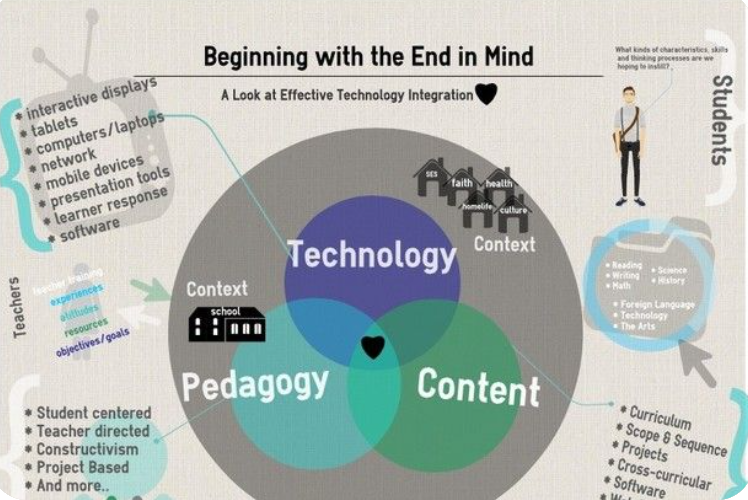

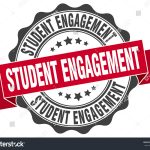







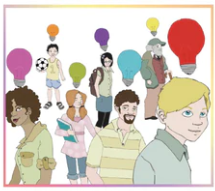
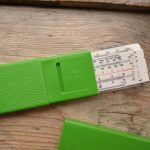 I have older siblings, and I remember them coming home with their math homework and doing homework with a logarithmic ruler. I was a numerophile from an early age, and although I had no idea what a logarithm was at the time, I was curious and mystified about how the manual contraption could be solving their equations. I never did actually use the old-fashioned log ruler in my own courses, except maybe perhaps once or twice to demonstrate that it approximated the values generated on my calculator. I still marvel at how technological devices can replicate various tasks by different means.
I have older siblings, and I remember them coming home with their math homework and doing homework with a logarithmic ruler. I was a numerophile from an early age, and although I had no idea what a logarithm was at the time, I was curious and mystified about how the manual contraption could be solving their equations. I never did actually use the old-fashioned log ruler in my own courses, except maybe perhaps once or twice to demonstrate that it approximated the values generated on my calculator. I still marvel at how technological devices can replicate various tasks by different means.